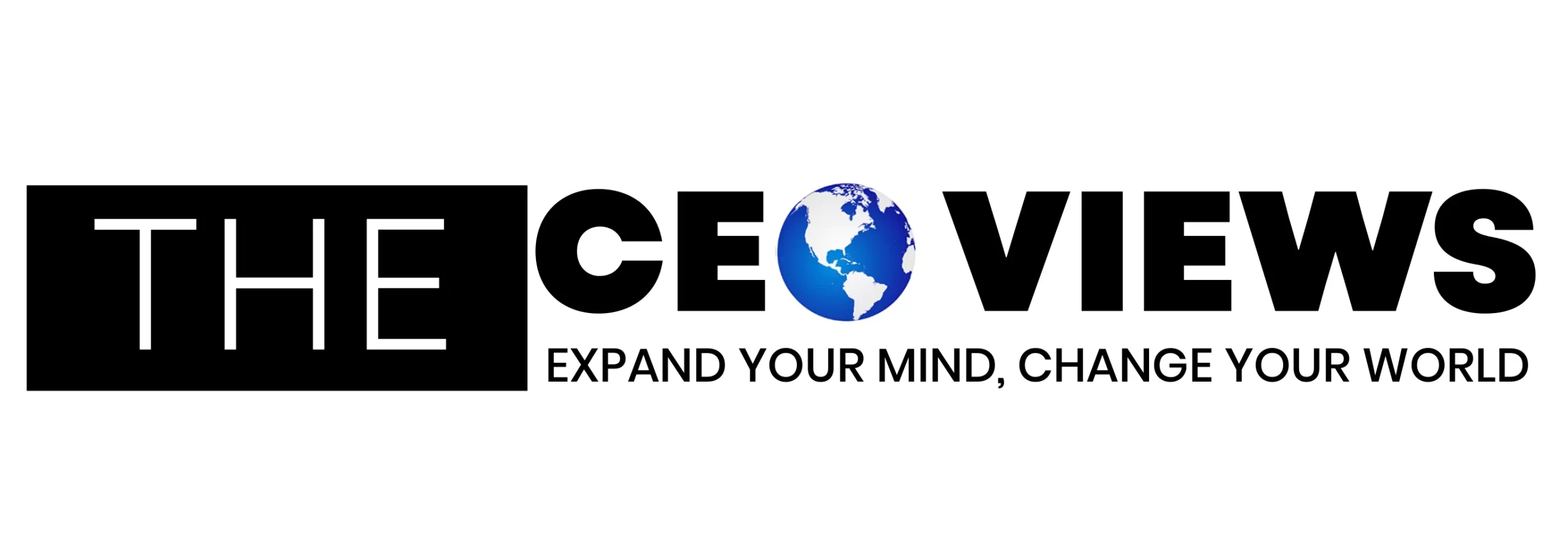Time is one of the most valuable resources for any business. Whether you’re a CEO managing a large workforce or an employee juggling multiple tasks, efficiency is key to success. Yet, many companies struggle with ineffective time management, project delays, and inaccurate billing. Implementing the right time and billing software can significantly improve productivity, streamline financial processes, and ensure accountability across teams.
Why Businesses Need Time and Billing Software
In today’s fast-paced business environment, companies must ensure that every billable hour is accurately recorded. Without proper tracking, organizations risk revenue loss due to unbilled work, payroll discrepancies, or inefficient resource allocation. Time and billing software helps eliminate these issues by providing an automated solution that tracks hours, assigns them to specific projects, and generates accurate invoices.
Key benefits of using time and billing software include:
- Accurate Billing: Ensure clients are billed for actual work completed, eliminating undercharging or overcharging.
- Improved Productivity: Employees can manage tasks more effectively when they understand how their time is being allocated.
- Enhanced Project Management: Business owners and managers can track project progress and ensure deadlines are met.
- Better Financial Insights: Gain clear visibility into company expenses, project profitability, and overall financial health.
- Automated Reports: Save time on administrative work with automatically generated timesheets and invoices.
By integrating a comprehensive time tracking system, businesses can ensure their operations run smoothly while maximizing profitability.
How Remote Employee Monitoring Software Improves Accountability
With the rise of remote and hybrid work models, companies face new challenges in managing their workforce. Keeping track of employee productivity, ensuring deadlines are met, and maintaining clear communication can be difficult without the right tools. This is where remote employee monitoring software plays a crucial role.
Remote work offers flexibility but also presents risks such as time theft, unproductive work hours, and lack of collaboration. Monitoring software provides businesses with valuable insights into how time is being spent without being intrusive. Instead of micromanaging, these tools help organizations foster trust, encourage accountability, and improve overall efficiency.
Some of the advantages of using remote employee monitoring software include:
- Increased Transparency: Employees and managers have clear visibility into work hours, ensuring fair compensation and accountability.
- Better Task Prioritization: Time tracking allows employees to focus on high-priority tasks, improving productivity.
- Improved Collaboration: Teams can coordinate more effectively, ensuring projects progress smoothly.
- Fraud Prevention: Prevents time theft by accurately logging work hours and activities.
- Performance Insights: Managers can assess productivity levels and provide constructive feedback to employees.
By implementing a structured approach to remote work monitoring, businesses can maintain efficiency while allowing employees the flexibility they need.
How Time Tracking Enhances Employee Productivity
Time tracking is more than just logging hours—it is a strategic tool for improving employee performance and work efficiency. Many employees underestimate the time they spend on different tasks, which leads to poor time management. By using time tracking software, employees can become more self-aware, set priorities effectively, and optimize their workflow.
For businesses, time tracking ensures that work is distributed fairly and resources are utilized efficiently. It allows managers to identify workflow bottlenecks and make informed decisions about project timelines and staffing needs. Employees also benefit from a structured approach to managing their workload, reducing burnout and increasing job satisfaction.
Implementing Time and Billing Software in Your Business
Adopting time tracking and billing software requires a strategic approach to ensure company-wide acceptance. Here are some best practices for seamless implementation:
- Communicate the Benefits: Explain to employees how time tracking will help them manage their workload, improve efficiency, and ensure fair compensation.
- Choose a User-Friendly Tool: Select software that integrates smoothly with existing workflows and requires minimal training.
- Encourage Employee Participation: Involve employees in the process by addressing their concerns and incorporating their feedback.
- Analyze Data and Optimize Workflows: Regularly review time tracking data to identify trends, improve efficiency, and allocate resources effectively.
- Set Clear Policies: Establish guidelines on how time tracking should be used to maintain transparency and accountability.
When businesses implement time tracking correctly, it transforms the way work is managed, ensuring higher efficiency and profitability.
The Future of Time Tracking and Employee Monitoring
As technology continues to evolve, time tracking and employee monitoring solutions will become even more sophisticated. With AI-powered analytics, businesses will gain deeper insights into employee productivity and workload distribution. Automation will reduce manual effort, allowing employees to focus on high-impact tasks.
Companies that embrace digital solutions for time tracking and employee monitoring will remain competitive by improving operational efficiency, optimizing workforce management, and ensuring accurate billing. Whether you manage an in-house team or remote workforce, leveraging these tools will pave the way for a more productive and accountable work environment.










